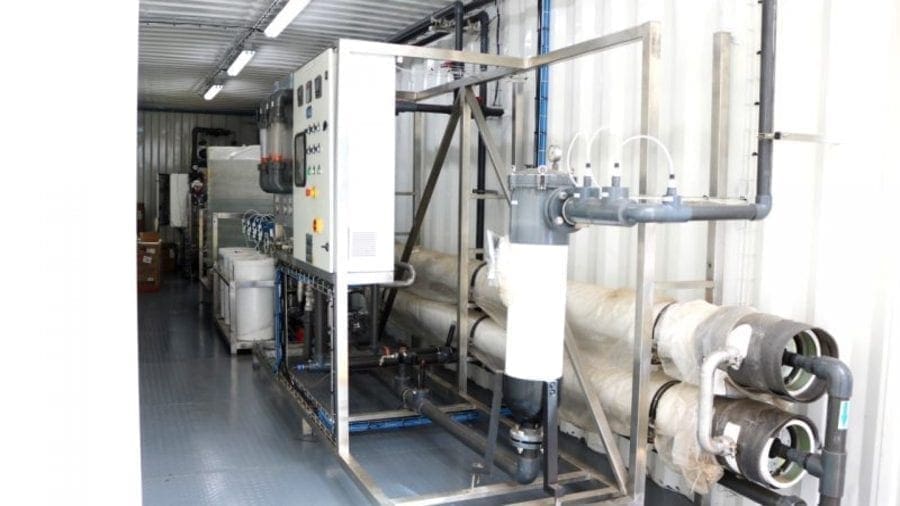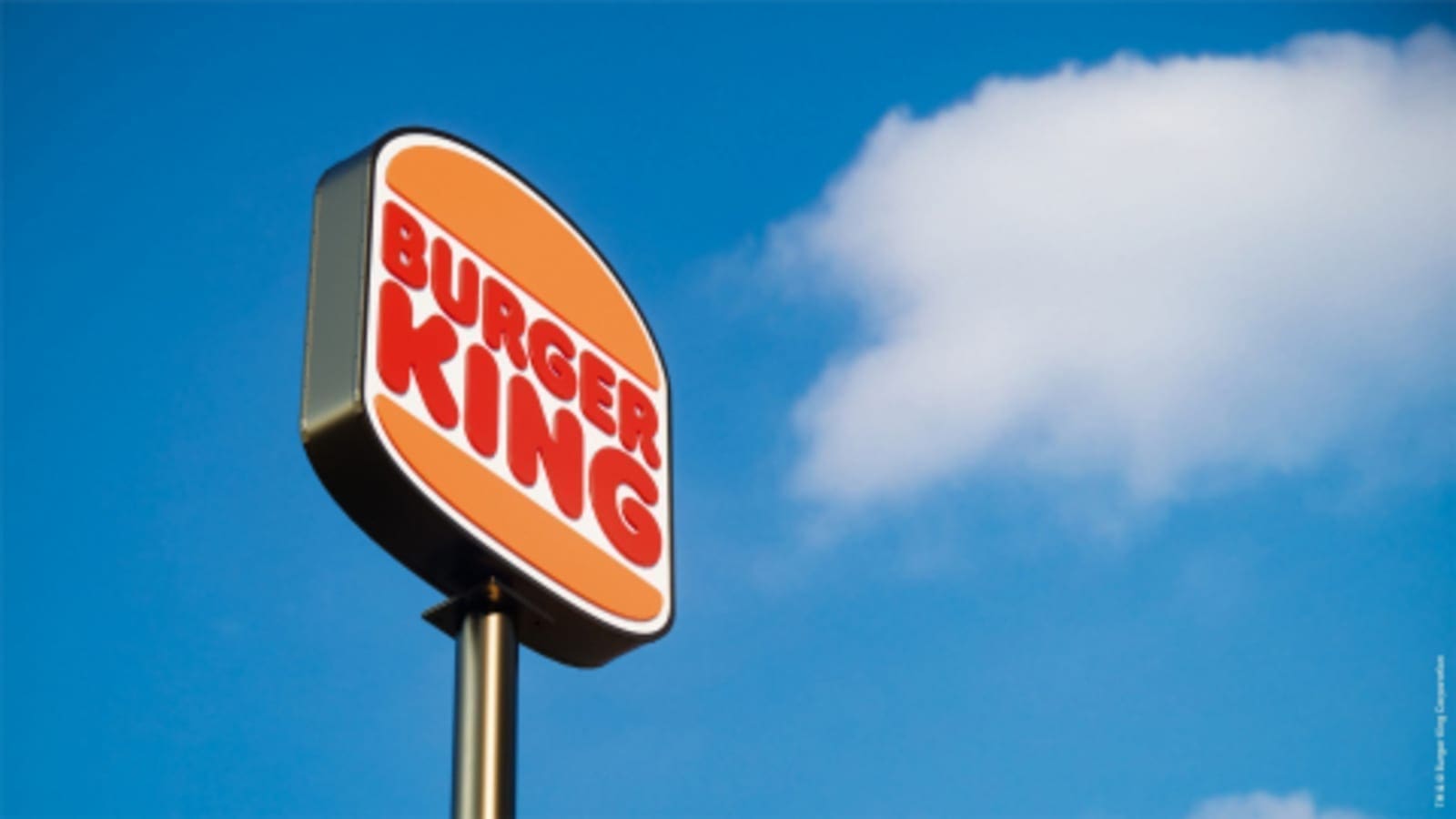KENYA – The leading water and energy solutions provider in East Africa, Davis & Shirtliff has introduced containerised water treatment plants into the market, to serve large communities, organizations and industries operating in remote or emergency situations.
With the new water treatment system, the company is primarily targeting institutions like hospitals and schools, military operations, disaster management operations, mining and exploration sites and others where they may need to temporarily supplement their water supply during periods of shortages.
These new-age treatment plants have the ability to accommodate a wide variety of feed water sources including saline, turbid or highly mineralized water, making the units ideal for a myriad of applications.
“With production capacities of up to 500,000 litres per day, the systems can be operated as standalone units and feature all necessary components required to purify most water sources to potable water quality,’’ said Davis & Shirtliff CEO David Gatende.
The plants also come with an inherent source of power that allows users to power using solar systems or generators, an assortment of pumping and water treatment equipment, electronic controls, system monitoring accessories as well as portable water storage facilities.
Water purification technologies used in the system include multi-media filtration, activated carbon filtration and ultra-filtration for highly turbid and silted water, reverse osmosis for highly mineralized or brackish water and chlorine or ultraviolet light for disinfection.
“In some cases, anti-scalants and other chemicals may be used to address specific feed water conditions and operational circumstances. The system guarantees that water is treated according to global standards,” Gatende said.
The units are available in standard 20 or 40-foot container sizes and can be customised into even smaller sizes based on customer needs.
They have a production capacity of up to 10,000 litres per hour of Reverse Osmosis treated water or up to 20,000 litres per hour of ultra-filtered water, and the capacity is scalable to meet the user demand.
A standard unit capable of producing about 50,000 litres per day would cost approximately US$100,000. However, the design, and ultimately the price, is highly dependent on feed water conditions, desired application and product water quality requirements.
Increased demand for innovative water treatment systems has also led to other players like Give Power, a non-governmental organization, building Kenya’s first solar-powered farm that turns ocean water into potable water.
Launched last year, the solar powered farm is sited by the Indian Ocean in the village of Kiunga on the Eastern coast of Kenya.
It is a region which has seen extreme drought for many years and denying the 3,500 residents access to hygienic drinking water.










